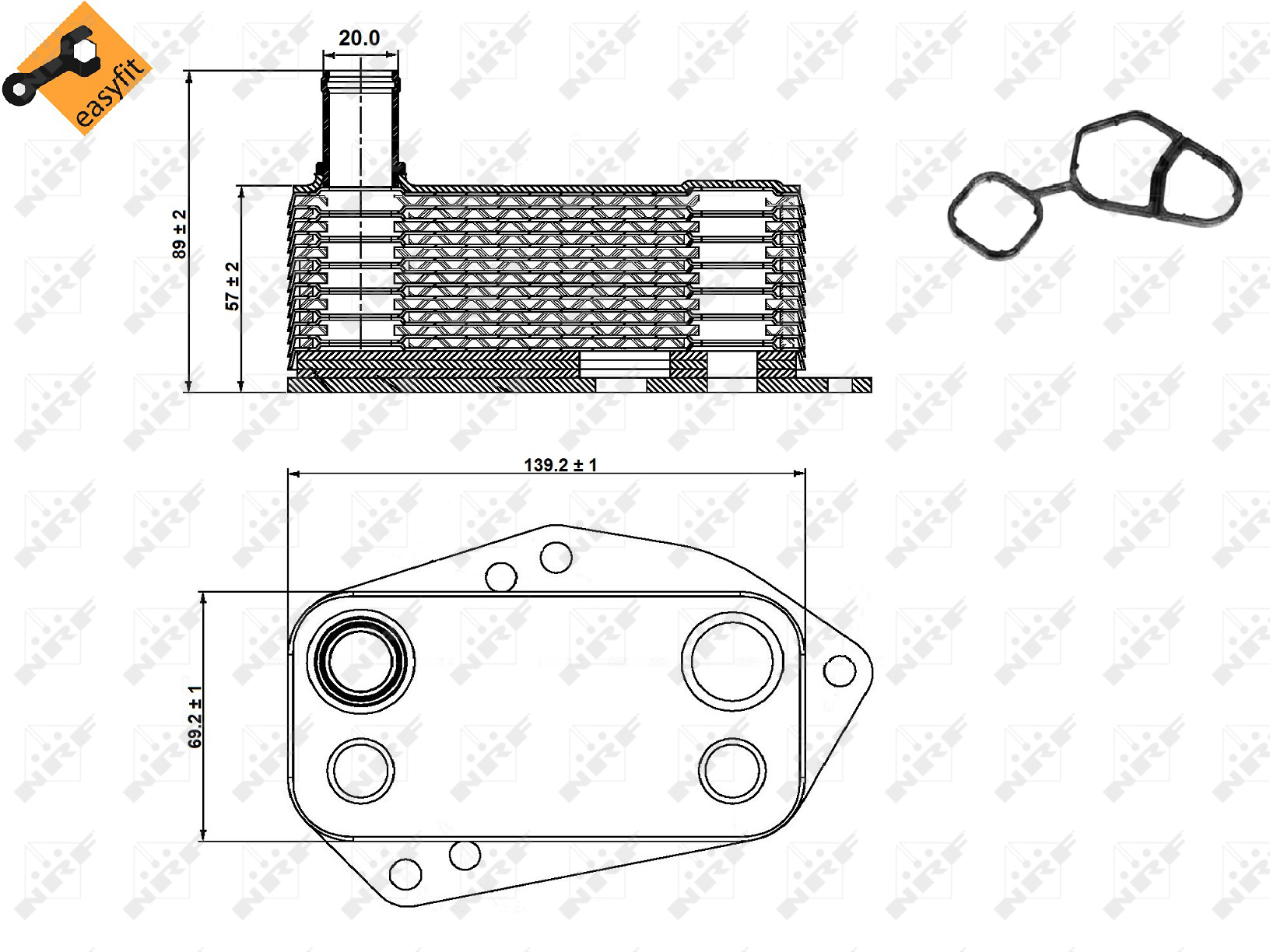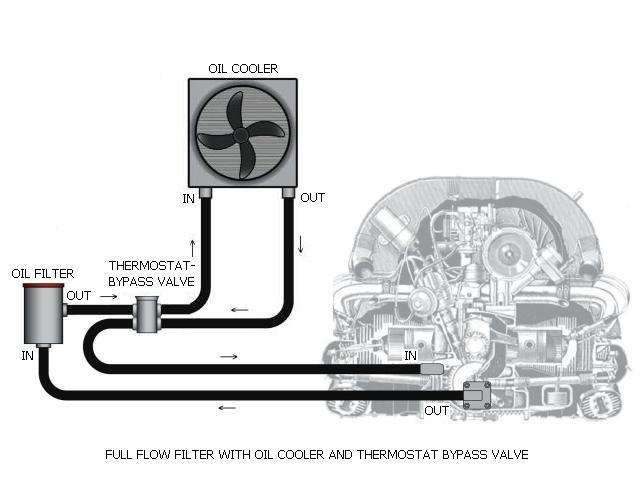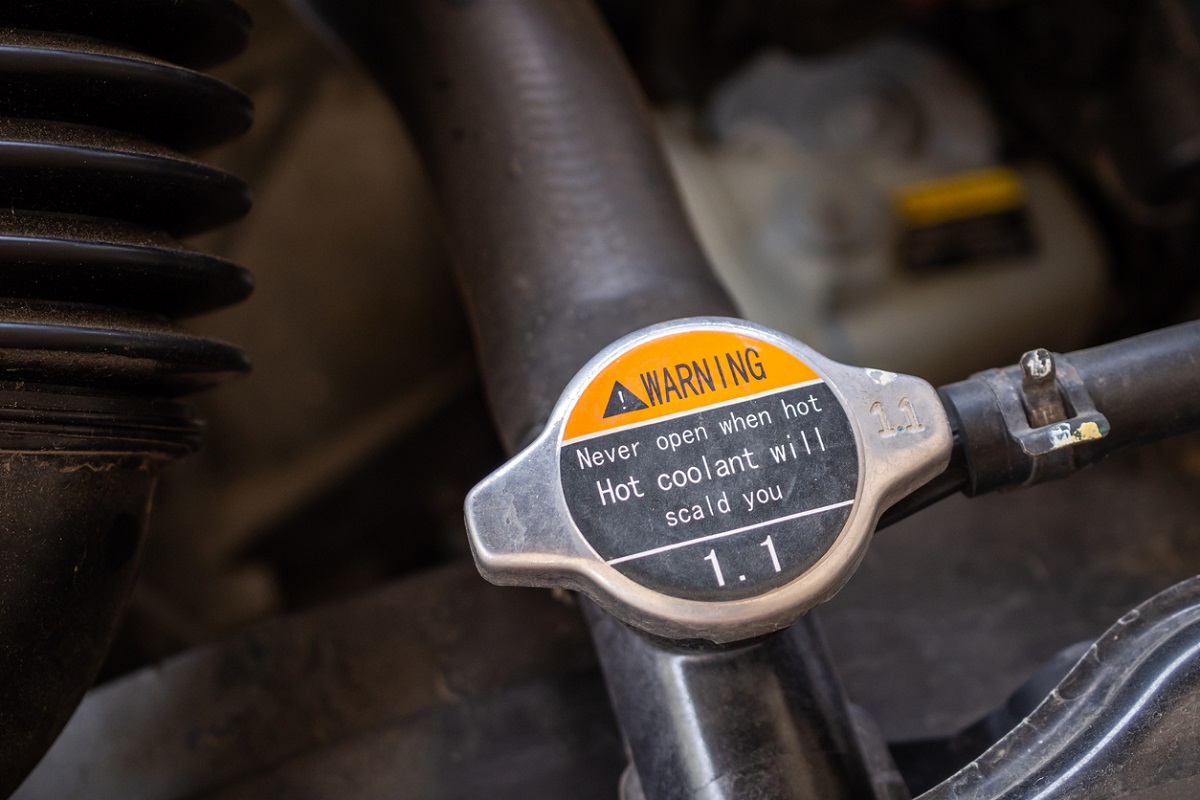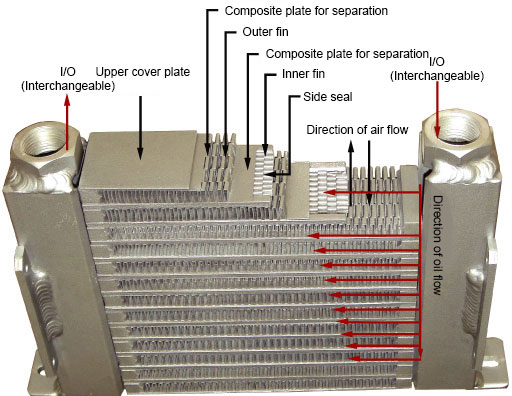Oil is therefore used to lubricate these moving parts and in turn picks up a lot of heat. As with the vast majority of heat energy created by an engine it generally needs to be released to the.
Oil Cooler Mobile 8 80 Gpm 32 Hp Removal
How do oil coolers work. This means the amount of times the oil will pass across the length of the cooler before it is aloud to exit. The oil cooler is designed to come in a one pass two pass or even triple pass design. One of the popular misconceptions with an oil cooler is that they only work at speed. In most cases the coolers allow the oil to shed accumulated thermal energy into a secondary medium typically water or air by passing the hot oil through a series of thin tubes exposed to a constant flow of low temperature cooling medium. In these settings the cooler basically acts as a small radiator that helps keep an engine cool by keeping the oil supply at a consistent temperature. The idea being that the more passes the oil makes across the cooling front the more heat the oil will be able to dissipate.
Transmission coolers are able to stay cool because they utilize air flow that passes through the cooler which is colder than the fluid running though the cooler. An oil cooler is essentially any device or machine intended to cool oil but in most instances people talk about it in the context of cars trucks and sometimes airplanes. And while there is no question that they are more efficient at exchanging heat at speed even in stop and go traffic or not moving at all it does make a big difference in how much heat is shed out of your oil. Temperatures can shift 30 degrees less than standard oil temperatures via cooler flowing air within the engine compartment. The air passes through cooling fins or plates where the cooling flows and can cool very efficiently. Engine oil coolers move around the engine oil by having a maze of tubes that consequently cools it.


















